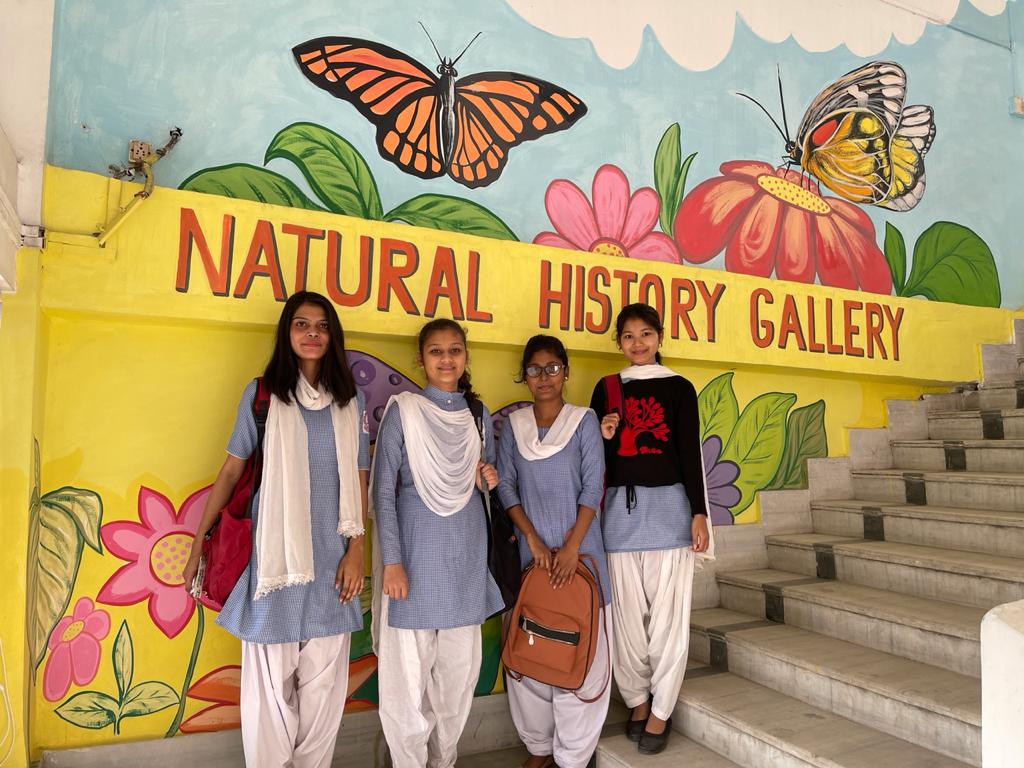Reinstating Bonds Between Nature and Culture (Namrata Sarmah, India, ITP 2018)
Written by Namrata Sarmah, Project Curator, Assam State Musuem (India, ITP Fellow 2018)
The Assam State Museum got its first ever Natural History Gallery which has the potential to be an exciting space of learning and for raising awareness about the natural world of Assam, especially amongst children. I was fortunate to be able to explore the collection and give my curatorial inputs upon this gallery. This was to give a meaningful connection with children as well as nature enthusiasts.

Assam is one of the richest biodiversity zones in the world. About 37.2% of State’s area is under green cover. Nearly 4% of the area is classified as Protected Area, comprising of 5 National Parks and 20 Wildlife Sanctuaries. Assam also has two UNESCO World Heritage sites (Manas and Kaziranga), 2 Biosphere Reserves (Dibru- Saikhowa and Manas), 4 Tiger Reserves (Kaziranga, Manas, Nameri and Rajib Gandhi Orang National Park) and 5 Elephant Reserves.
The gallery at the museum is designed to reflect on the rich biodiversity for conservation, promoting its sustainable use and for ensuring that any commercial use of biological resources benefits the local people equitably.
In regard to fauna, Assam has large number of mammals, primates, reptiles, amphibians, fishes, molluscs, birds, butterflies and moths. The major renowned species are – One Horned Rhinoceros, Royal Bengal tiger, Indian elephant, Water buffalo, Pigmy hog, Swamp deer, Golden langur, Hoolock gibbon and Gangetic dolphin.

The gallery development took place during lockdown when funds were cut in all institutions. With limitations and other challenges, we are glad to introduce a new gallery to our audience after reopening of our museum. This is to mitigate the impact of climate change to managing natural resources. These collections are of incredible importance to all; they hold the key to unlocking the potential of the future through past treasures.
I would like to extend my gratitude to ITP for selecting me to attend the MA Conference on Sustainable and Ethical Museums held in Brighton in 2019, which helped me shape my ideas about rightful display of natural history specimens in an inclusive manner.
